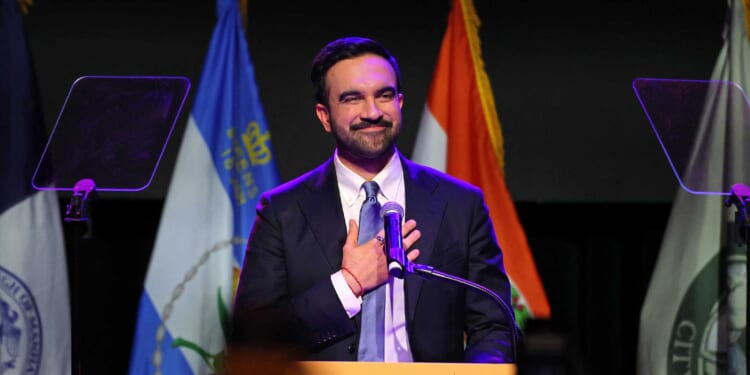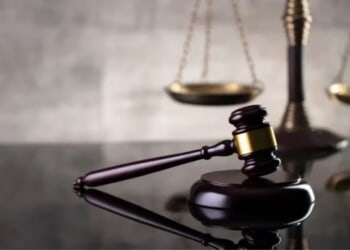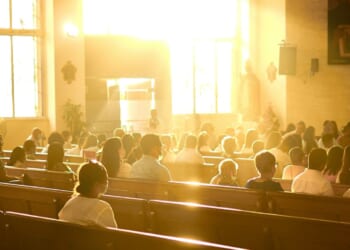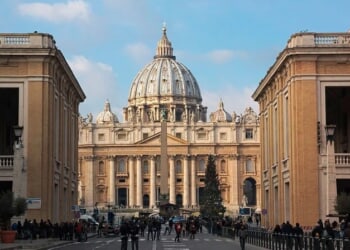
A year ago, not even the most perfervid Astoria leftist would have thought that Zohran Mamdani would soon be elected mayor of New York City. Back then, it was easier to imagine Eric Adams coasting to reelection on the strength of declining crime, or state attorney general Tish James, who came close to running for mayor in 2021, swooping in to unite a fractious Democratic coalition. With Adams badly damaged by a federal indictment and James anxious about what a mayoral bid would mean for her ongoing battle with President Donald Trump, however, the path was seemingly clear for Andrew Cuomo to make a dramatic comeback.
Though it was no secret that Cuomo had real weaknesses, thanks to his polarizing tenure as governor, his name recognition and formidable fundraising machine were enough to freeze out other serious contenders. As a result, the Democratic mayoral field was so bereft of talent that Mamdani—an obscure, hard-left state assemblymember with no legislative or professional accomplishments to speak of—was able to cut through, buoyed by surging anti-Israel sentiment and a series of half-baked pseudo-solutions to the city’s very real affordability crisis.
Finally, a reason to check your email.
Sign up for our free newsletter today.
From one vantage point, then, Mamdani is best understood as an accidental mayor. If federal prosecutors had declined to prosecute Adams, if James had jumped in and Cuomo had stayed out, if Hamas had surrendered its hostages a few months sooner, if moderates and conservatives had consolidated behind a single candidate in the general election, or if any of a number of other possibilities had obtained—the outcome of New York City’s 2025 mayoral race would have been quite different.
In another sense, however, Mamdani’s victory represents the culmination of New York’s larger leftward turn. The shift started in 2018 with the dissolution, at Cuomo’s behest, of the state’s Independent Democratic Conference, an eight-member coalition of centrist Democratic senators who caucused with the Republicans. Their subsequent replacement heralded a broader takeover of Albany by progressives who—again, with Cuomo’s assent—passed a series of ideologically inflected bills: bail reform, the “most aggressive climate change legislation in the nation,” and a major overhaul of tenant protection statutes, to name only a few.
The Mamdani revolution was led by downwardly mobile elites—children of the professional class struggling to make ends meet and entranced by the promises of frozen rent and fare-free buses. They were fired by the same ideas that animated those Albany progressives: that some New Yorkers have been handed the short straw, that soak-the-rich policies can correct these imbalances, and that New York’s private sector was resilient enough to sustain a further ratcheting up of punitive taxation and regulation.
Their program was built on top of the city’s immense wealth. In 2018, the New York City metro area generated roughly one out of every 11 dollars of gross domestic product in the United States. The securities industry employed just 5 percent of New Yorkers but paid one-fifth of all private sector wages. The redistributive agenda of Bill de Blasio’s mayoral administration—Mamdani’s favorite—was grounded in the idea that this engine of prosperity needed to deliver more for the people who propelled the mayor into office.
What the Mamdani coalition has failed to reckon with, however, is that Gotham’s slide towards socialism lite has not been without consequences. The financial industry’s employment share has slowly shrunk as firms like Goldman Sachs and Morgan Stanley hedge their bets by expanding their footprint in Dallas and Atlanta. New York’s share of the nation’s millionaires has declined by 30 percent since 2010. Mamdani’s tax plan, if enacted, would leave the remainder paying 60 percent of the city’s taxes. There are, to be sure, diehard affluent New Yorkers who will pay any price and bear any burden to live in the tonier precincts of the five boroughs. There are others who will join the ongoing outmigration of hundreds of thousands of working- and middle-class New Yorkers who’ve left in recent years. Then, of course, one needs to consider the ambitious young professionals who might have moved to New York City in the Bloomberg era, but who’d never dream of it now.
Gotham has adapted to the erosion of its economic base through a combination of regulation and subsidy. Virtually all the net job growth in the city in 2023 can be traced to the hiring of home health aides—a “racket,” in the words of Governor Kathy Hochul, underwritten by tens of billions in federal Medicaid spending. Tenant protection laws like the one imposed in 2019 are meant to control costs, but they actually drive up rents. The irony, of course, is that this increase pushed voters toward Mamdani’s rent freeze, reinforcing the vicious cycle. Green initiatives, like the state bill or de Blasio’s Climate Mobilization Act, are meant to address the harms imposed by “capitalism.” They drive prices up further, in the process generating further momentum for statist policies.
The question is how long this feedback loop can run. As my colleague Eric Kober has written, the city council has already adopted an “empty-the cupboards” budget for FY 2025. Mamdani will take office facing targeted federal budget reductions, a fiscal backstop run dry, and a state legislature unlikely to entertain his tax hike proposals—especially if it can’t get its cut.
Can we expect Mamdani to make a U-Turn toward spending discipline and public-sector efficiency, a nod to the “sewer socialists” of a century ago? That’s hard to imagine, both for ideological reasons and because he is plainly unwilling to buck progressive allies on the city council. Consider his evasiveness on Ballot Measures 2 through 5, where he refused to make an endorsement until Election Day. Some observers have suggested that because Mamdani won the Democratic mayoral primary without significant union backing, he will be less deferential to the more parochial interests of organized labor. Judging by his support for rolling back mayoral control of the public schools and promises of “union-built” public housing projects, that’s not going to happen.
The accidental mayor, then, will take office with the clock on his program already five minutes to midnight. Many of his most ardent detractors seem to expect a radical revolutionary, half Joseph Stalin and half Osama Bin Laden, rampaging through the streets of Manhattan. Perhaps a better analogy is that other progressive idealist mayor, John V. Lindsay, who was forced by the end of his first term to ask “whether we can continue to survive as a city.” That, too, will be the question with Mamdani. But it is a question that significantly predates him.
Which does not mean that critics of the new mayor’s program can rest easy. After all, Mamdani has captured the hearts and minds of New Yorkers for a reason: he has correctly diagnosed the source of their discontent. In polling just days before the election, New Yorkers listed their top concerns as economic: affordable housing (19 percent), inflation (13 percent), and health care (10 percent). Mamdani’s obsessive focus on the city’s cost-of-living crisis was a master stroke. The trouble, alas, is that the policies he favors will likely make it worse, not least by degrading Gotham’s economic vitality.
It falls to us skeptics, then, to mount a defense of what makes New York City great: dynamism, growth, tolerance, and the culture of entrepreneurship that has underwritten it all. There is no gainsaying Mamdani’s stunning political achievement. Winning over 1 million voters, including a supermajority of New Yorkers under 30, is no small thing. But the mayor-elect didn’t just galvanize his supporters—more than 1 million New Yorkers voted against Mamdani as well, and we can expect to hear from them in the months to come.
Photo by ANGELA WEISS/AFP via Getty Images
Source link


















